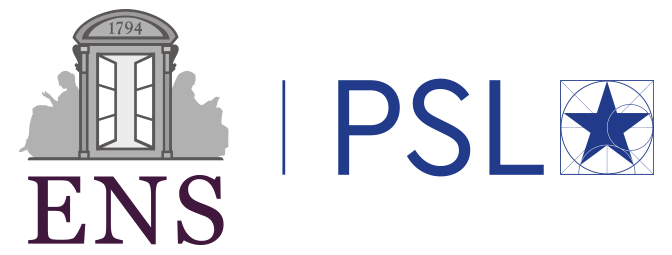Domaines
Condensed matter
Quantum information theory and quantum technologies
Quantum optics
Nanophysics, nanophotonics, 2D materials and van der Waals heterostructures,, surface physicss, new electronic states of matter
Type de stage
Expérimental Description
This scientific project focuses on coupling nano-emitters to optical micro-cavities, with potential applications in quantum telecommunication and advanced photonics. One key application is the Purcell effect, which accelerates the spontaneous decay rate and funnels photons into a single optical mode.
The strength of light-matter coupling depends on the ratio of the quality factor to the cavity mode volume. Two approaches exist to optimize this: the plasmonic route, which achieves sub-wavelength mode volumes but suffers from Ohmic losses, and the dielectric resonator route, which attains high Q but is limited by the diffraction limit. This project proposes to combine the strengths of both approaches by designing modified dielectric cavities that achieve high Q with sub-wavelength volumes using near-field techniques.
These cavities will couple with solid-state nano-emitters, such as carbon nanotubes or graphene quantum dots, to create artificial atoms for quantum technology applications. By utilizing the discontinuities of the electric field in a dielectric bow-tie antenna, the project aims to create ultra-small mode volumes. Coupling nano-emitters to these cavities requires spatial and spectral matching, achieved through open-cavities with a mirror on the tip of an optical fiber. The bow-tie antenna will be fabricated on this fiber, and the project focuses on designing, nanofabricating, and testing these antennas.
Contact
Yannick Chassagneux
